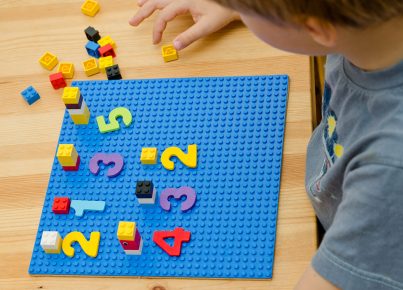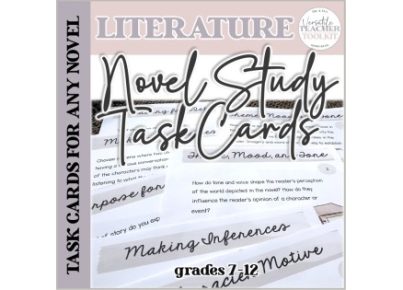Sight words, often also referred to as high-frequency words, are commonly used words that young readers are encouraged to memorize as a whole by sight. The rationale behind this is that these words often cannot be easily sounded out or illustrated, and knowing them by heart can significantly speed up a beginner’s reading process. However, educators have recently been advocating for the transformation of sight words into “heart words,” a concept that adds an emotional and connective component to learning these essential terms.
Firstly, understanding “heart words” involves recognizing the importance of emotional connections in the learning process. Children learn more effectively when they are emotionally engaged with the content. Hence, by turning sight words into heart words, we can help children feel connected to the learning process on an emotional level.
To transform sight words into heart words, start by crafting stories or sentences that have personal meaning to the child. For example, if the word is “love,” use it in a sentence like “I love when we read together,” which could resonate emotionally with a child. This not only helps with memorization but also helps the child understand how the word can be used in their daily life.
Another strategy is to engage in multisensory activities. Since emotions can be triggered through multiple senses, involve actions, colors, textures, and even smells that help children connect with the word. By painting the word “happy” in bright yellow or feeling soft cotton balls when learning the word “soft,” you instigate a deeper memory connection.
Encouraging creative visuals is also key. Invite children to draw or visualize scenarios involving their sight words. Letting them express what these words mean to them creates an individualized and memorable perspective. A child could draw their family holding hands under the word “together,” adding a layer of personal significance.
Positive reinforcement plays a crucial role as well. Celebrate whenever a child successfully uses or recognizes a heart word in context or during independent reading sessions. Celebrations reinforce not just the recognition but also positive feelings towards learning and using new vocabulary in communication.
Incorporating kinesthetic elements can further solidify this concept. For instance, when learning the word “jump,” have the child literally jump every time they read or recognize the word. This physical movement helps cement the word in memory due to muscle memory and proprioceptive involvement.
Lastly, consistent exposure through repetition remains vital when transitioning from sight words to heart words—however, this repetition should be rich and varied. Instead of drilling flashcards monotonously, provide diverse experiences with books, games, songs, and conversations that use those high-frequency words in contextually meaningful ways.
By using emotional connections through personalization, sensory experiences, visuals, positive reinforcement, physical activity, and varied repetition, sight words transform into heartfelt vocabulary that children learn with joy and ease—a natural part of their language tapestry rather than a rote memory challenge.





